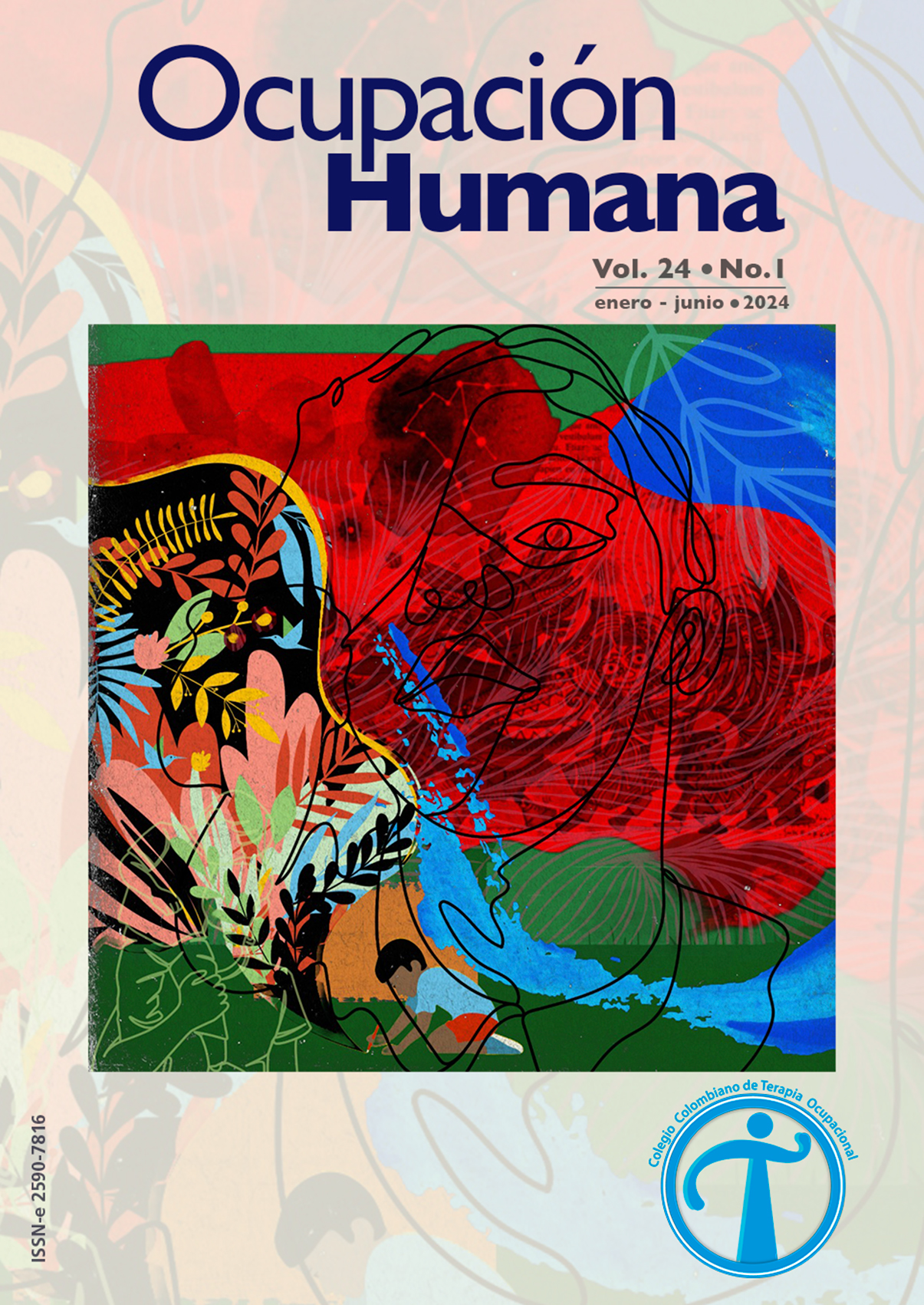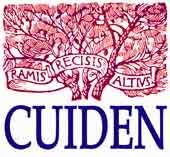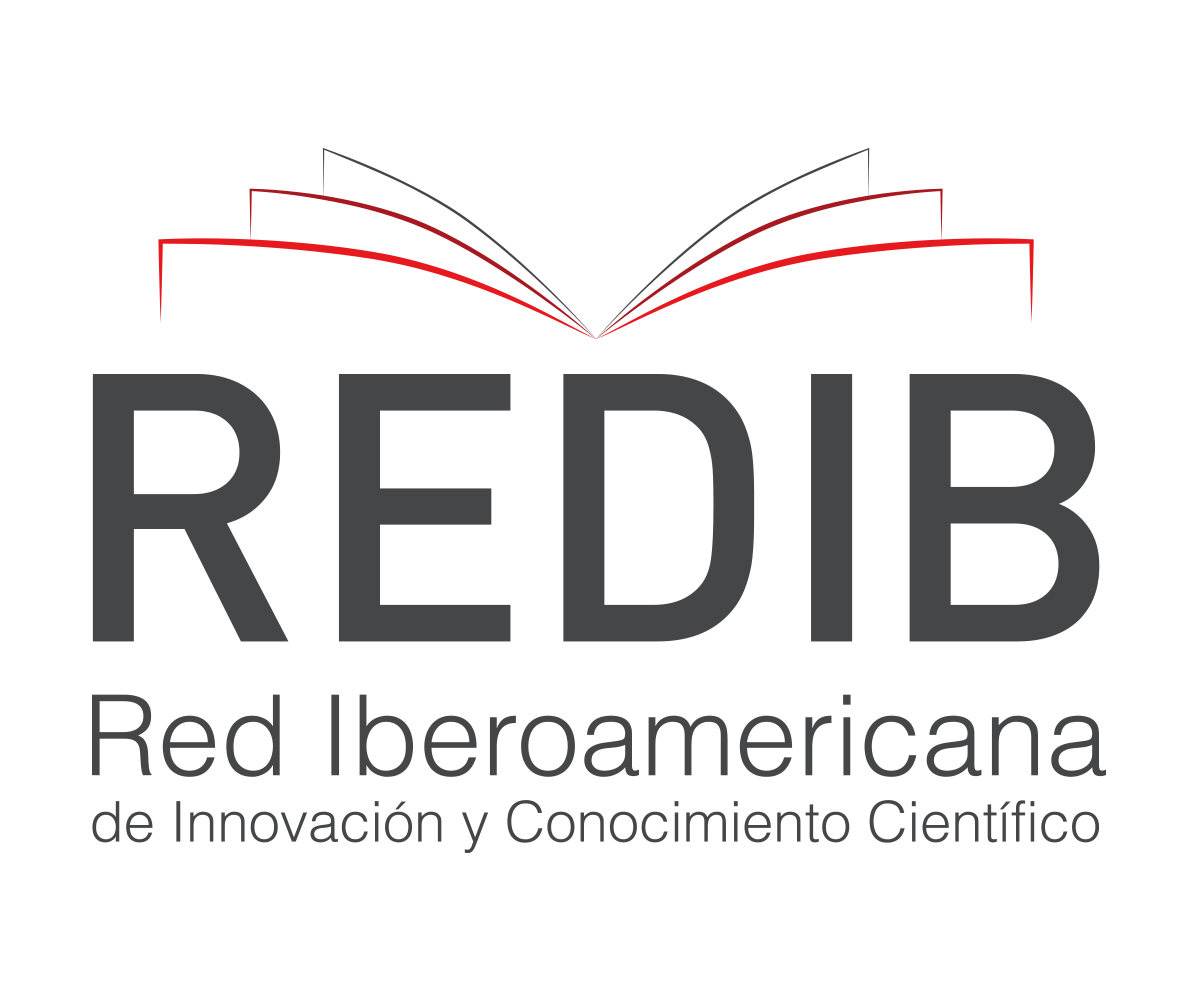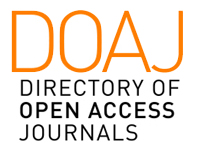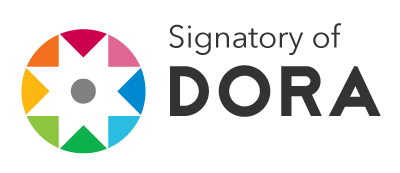Oral-motor therapy
Study of a distance learning educational model for primary caregivers
DOI:
https://doi.org/10.25214/25907816.1618Keywords:
childhood feeding and eating disorders, occupational therapy, distance learning, caregiversAbstract
Eating and swallowing disorders are prevalent among children with neuromotor disabilities, significantly impacting their overall quality of life. The COVID-19 pandemic exacerbated the challenges by restricting access to health care, underscoring the necessity for innovative solutions with caregiver involvement. This study investigated the effectiveness of a distance learning educational model in oral-motor therapy for primary caregivers of children with neuromotor impairments in Mérida, Mexico. The quasi-experimental pretest-posttest design included thirty primary caregivers of children aged 2 to 12 with feeding and swallowing disorders from seven institutions. Twenty-three participants completed the program. The program encompassed theoretical sessions on various aspects of oral motor therapy and practical sessions focusing on hands-on training. Results revealed substantial enhancements in theoretical knowledge and practical competencies among caregivers, with competence levels exceeding 80% in all evaluated activities. Despite these positive outcomes, the study acknowledges limitations such as a small sample size and the absence of a control group. Addressing these constraints through future research endeavors will bolster the evidence supporting the effectiveness of this innovative caregiver-centric approach. Ultimately, integrating caregivers into the care team is imperative for improving the quality of life for children with neuromotor disabilities and effectively managing eating and swallowing disorders.
Downloads
References
Agostini, M., Moja, L., Banzi, R., Pistotti, V., Tonin, P., Venneri, A., & Turolla, A. (2015). Telerehabilitation and recovery of motor function: a systematic review and meta-analysis. Journal of Telemedicine and Telecare, 21(4), 202–213. https://doi.org/10.1177/1357633X15572201
Barton, C., Bickell, M., & Fucile, S. (2018). Pediatric oral motor feeding assessments: A systematic review. Physical & Occupational Therapy in Pediatrics, 38(2), 190–209. https://doi.org/10.1080/01942638.2017.1290734
Beckers, L. W. M. E., Smeets, R. J. E. M., & van der Burg, J. J. W. (2021). Therapy-related stress in parents of children with a physical disability: a specific concept within the construct of parental stress. Disability and Rehabilitation, 43(8), 1185–1192. https://doi.org/10.1080/09638288.2019.1646815
Benson, J. D., Parke, C. S., Gannon, C., & Muñoz, D. (2013). A retrospective analysis of the sequential oral sensory feeding approach in children with feeding difficulties. Journal of Occupational Therapy, Schools, & Early Intervention, 6(4), 289–300. https://doi.org/10.1080/19411243.2013.860758
Berker, A. N., & Yalçın, M. S. (2008). Cerebral palsy: Orthopedic aspects and rehabilitation. Pediatric Clinics of North America, 55(5), 1209–1225. https://doi.org/10.1016/j.pcl.2008.07.011
Davis, K. J., & Pagliuco, D. (2022). Chapter 23 - Telerehabilitation in speech-language pathology. In M. Alexander (Ed.), Telerehabilitation: Principles and practice (pp. 339–349). Elsevier.
dos Santos, A. de F. & Fernández, A. (2013). Desarrollo de la telesalud en América Latina. Aspectos conceptuales y estado actual. CEPAL, United Nations. http://www.sadamweb.com.ar/news/2019_04Abril/eBook Desarrollo de la telesalud.pdf
Garber, J. (2013). Oral–Motor function and feeding intervention. Physical & Occupational Therapy in Pediatrics, 33(1), 111–138. https://doi.org/10.3109/01942638.2012.750864
Howe, T.-H. (2018). Oromotor therapy. In J. Ongkasuwan & E. H. Chiou (Eds.), Pediatric dysphagia: Challenges and controversies (pp. 119–134). Springer International Publishing. https://doi.org/10.1007/978-3-319-97025-7_10
Hunt, P. J. (1982). Oral motor dysfunction in Down’s Syndrome: Physical & Occupational Therapy in Pediatrics, 1(4), 69–78. https://doi.org/10.1080/J006v01n04_08
Kelso, G. L., Fiechtl, B. J., Olsen, S. T., & Rule, S. (2009). The feasibility of virtual home visits to provide early intervention: A pilot study. Infants & Young Children, 22(4), 332-340. https://doi.org/10.1097/IYC.0b013e3181b9873c
Maggioni, L., & Araújo, C. M. T. de. (2020). Guidelines and practices on feeding children with cerebral palsy. Journal of Human Growth and Development, 30(1), 65–74. https://doi.org/10.7322/jhgd.v30.9974
Min, K., Seo, S., & Woo, H. (2022). Effect of oral motor facilitation technique on oral motor and feeding skills in children with cerebral palsy: a case study. BMC Pediatrics, 22(1), 626. https://doi.org/10.1186/s12887-022-03674-8
Mitchell, S. J., Godoy, L., Shabazz, K., & Horn, I. B. (2016). Internet and mobile technology use among urban African American parents: Survey study of a clinical population. Journal of Medical Internet Research, 18(11), e296. https://doi.org/10.2196/jmir.2673
Moreno-Chaparro, J., Parra Esquivel, E. I., Santos Quintero, A. L., Paez, L., Martinez Quinto, S., Rojas Barrios, B. E., Samudio, J. F., & Romero Villareal, K. M. (2022). Telehealth interventions aimed at parents and caregivers of children living in rural settings: A systematic review. Child Care in Practice. https://doi.org/10.1080/13575279.2022.2083075
Nordio, S., Innocenti, T., Agostini, M., Meneghello, F., & Battel, I. (2018). The efficacy of telerehabilitation in dysphagic patients: A systematic review. Acta Otorhinolaryngologica Italica, 38(2), 79–85. https://doi.org/10.14639/0392-100X-1816
Phoenix, M., Jack, S. M., Rosenbaum, P. L., & Missiuna, C. (2020). Parents' attendance, participation, and engagement in children’s developmental rehabilitation services: Part 1. Contextualizing the journey to child health and happiness. Disability and Rehabilitation, 42(15), 2141-2150. https://doi.org/10.1080/09638288.2018.1555617
Priyadharsini, H., & Chiang, J. J. (2020). Embracing telehealth: supporting young children and families through occupational therapy in Singapore during COVID-19. World Federation of Occupational Therapists Bulletin, 76(2), 90–93. https://doi.org/10.1080/14473828.2020.1822574
Rocha, P. F. A. da, Boehs, A. E., & Silva, A. M. F. da. (2015). Rotinas de cuidados das famílias de crianças com paralisia cerebral. Revista de Enfermagem da UFSM, 5(4). https://doi.org/10.5902/2179769215685
Traube, D.E., Hsiao, H.Y., Rau, A., O´Brien, D. H., Lu, L., & Islam, N. (2020). Advancing home-based parenting programs through the use of telehealth technology. Journal of Child and Family Studies, 29, 44–53. https://doi.org/10.1007/s10826-019-01458-w
Voniati, L., Papaleontiou, A., Georgiou, R., & Tafiadis, D. (2021). The effectiveness of oral sensorimotor intervention in children with feeding disorders. Current Developmental Disorders Reports, 8(4), 201–211. https://doi.org/10.1007/s40474-021-00236-y
Wiart, L., Ray, L., Darrah, J., & Magill-Evans, J. (2010). Parents' perspectives on occupational therapy and physical therapy goals for children with cerebral palsy. Disability and Rehabilitation, 32(3), 248-258. https://doi.org/10.3109/09638280903095890
Downloads
Published
How to Cite
Issue
Section
License
Copyright (c) 2024 Human Occupation Journal

This work is licensed under a Creative Commons Attribution-NonCommercial-ShareAlike 4.0 International License.

| Article metrics | |
|---|---|
| Abstract views | |
| Galley vies | |
| PDF Views | |
| HTML views | |
| Other views | |


